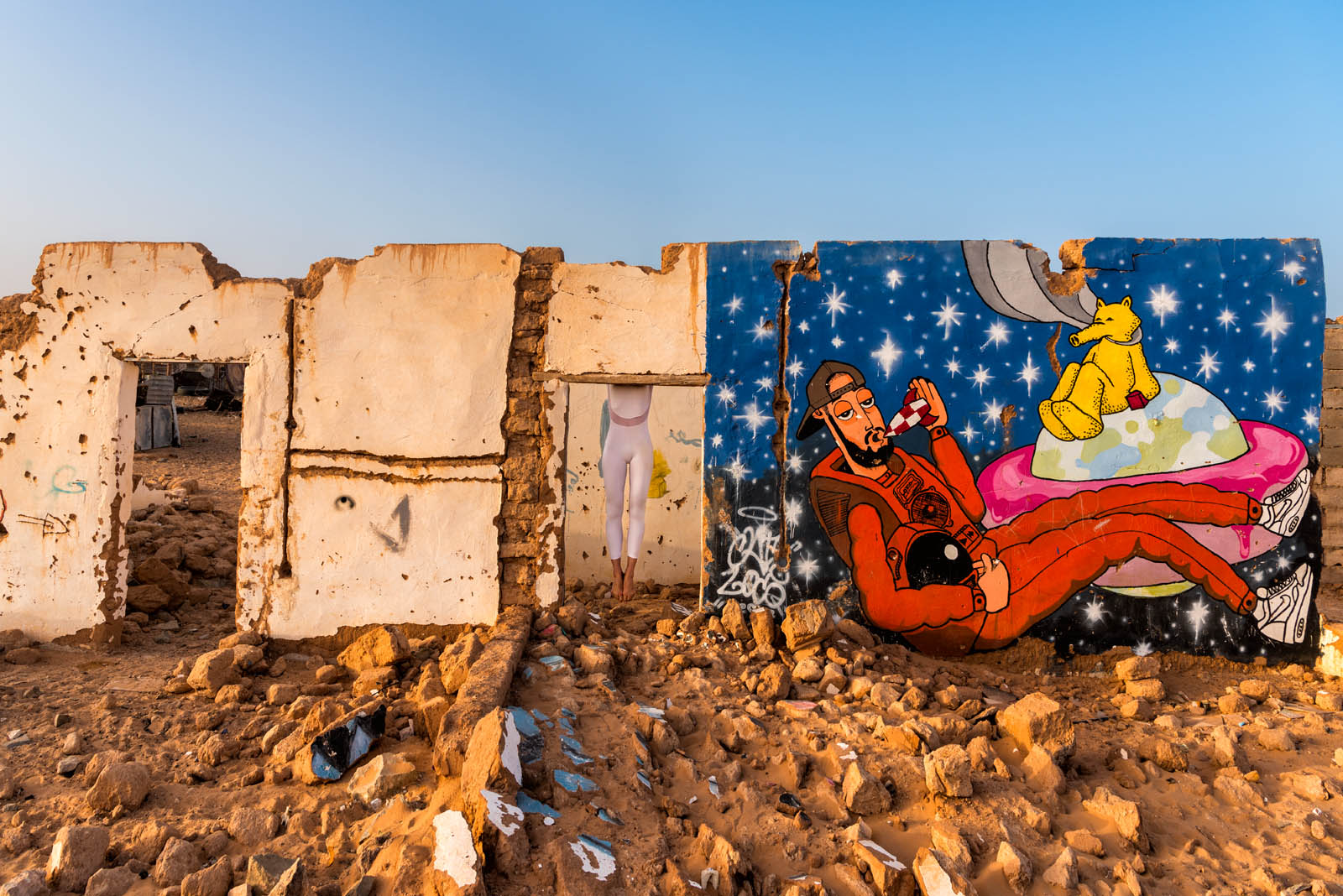
The most challenging endeavour that I have undertook to date. I joined a mission to Western Sahara Refugee Camps.
Western Sahara is the last colony in Africa. When Spain decolonized its holdings in Africa in the year 1975, Morocco took over almost the entirety of the territory. Half of the territory’s citizens today live under occupation, and the rest live in refugee camps in southwestern Algeria. Families are kept apart by the longest military wall on earth and some 6 million land mines. The Western Sahara civil and political movement Polisario struggles for the right to self-governance and peaceful independence. Saharawis recognise art as the medium of their very identity, and as the means to inform the world about their plight.
I joined a mission run by Erik Valenčič, the internationally renowned investigative journalist, who is shooting a documentary about the Saharawi nation. Arne Hodalič and Katja Bidovec, photographers for National Geographic Slovenia, were also members of the project team. Together with Arne and Katja we composed a photo series entiteled Landscape is Human: Western Sahara Refugee Camps. I cooperated with Saharawi artist Mohamed Sulaiman Labat, as well as with Mohamedsalem Werad, founder and autor of the blog Saharawi Voice. Polisario had invited me to enter the refugee camps, which was the only possible way to do so.
Landscape is Human: Western Sahara Refugee Camps is expanding the depth and scope of my photo projects through the eyes of forensic architecture. This new branch of architecture explores social conflicts and burning environmental questions. Placing the human body and the concept of humanity in the forefront of architecture is accordingly a logical extension. Landscape is Human is thus laying the foundations for a new, human form of expressing architectural realities.
The project was additionally empowered by my community through funding contributions and their attentiveness on this important mission. Many thanks!